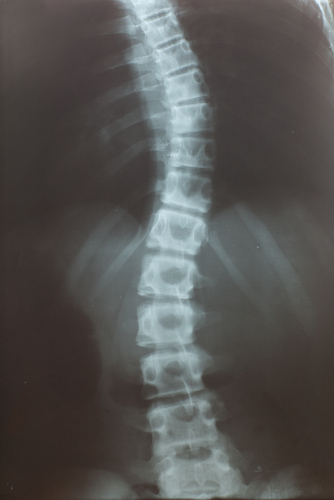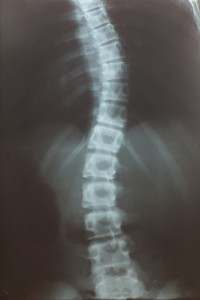One-rod Correction Could Benefit Duchenne’s Muscular Dystrophy, Scoliosis

 A new study presented at the EuroSpine Annual Meeting on October 1 – 3 in Lyon, France reported the successful placement of a single rod with hybrid fixation to correct scoliosis in children with Duchenne’s muscular dystrophy.
A new study presented at the EuroSpine Annual Meeting on October 1 – 3 in Lyon, France reported the successful placement of a single rod with hybrid fixation to correct scoliosis in children with Duchenne’s muscular dystrophy.
Duchenne muscular dystrophy (DMD) is a genetic disease caused by mutations in the Dystrophin gene, and is characterized by muscle degeneration and ultimately death. Scoliosis – the curving of the spine — is a frequent complication in the non-ambulant patient with DMD. In the study presented by Derek T. Cawley, the author reported the surgical placement of a single rod with hybrid fixation in 41 children with Duchenne’s muscular dystrophy was successful in treating these patients’ scoliosis. The procedure was revealed to be safe and durable, with all patients completing a minimum 1-year follow-up with a mean follow-up of five years. The single-surgeon series study was performed in Ireland for fours years, from 2000 to 2014.
The goal for the surgery was to improve seating and breathing instead of spinal curve correction. Additionally, the surgeons with this new technique wanted patients to leave the surgical room without the necessity of intubation. Cawley noted, “In terms of radiographic outcomes, our Cobb angle improved in both groups…On the single rod side, it improved from 24º to 15º Cobb angle, and while we did not fix to the pelvis, we still had an improvement in pelvic obliquity also.”
In the presented study, there were breakages reported with three rods — one associated with infection, and other two patients were without symptoms. The surgical period was shorter for the single-rod procedure when compared to patients treated with a two-rod construct.
[adrotate group=”3″]






